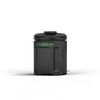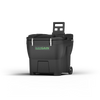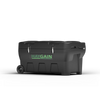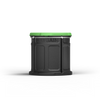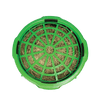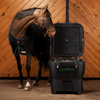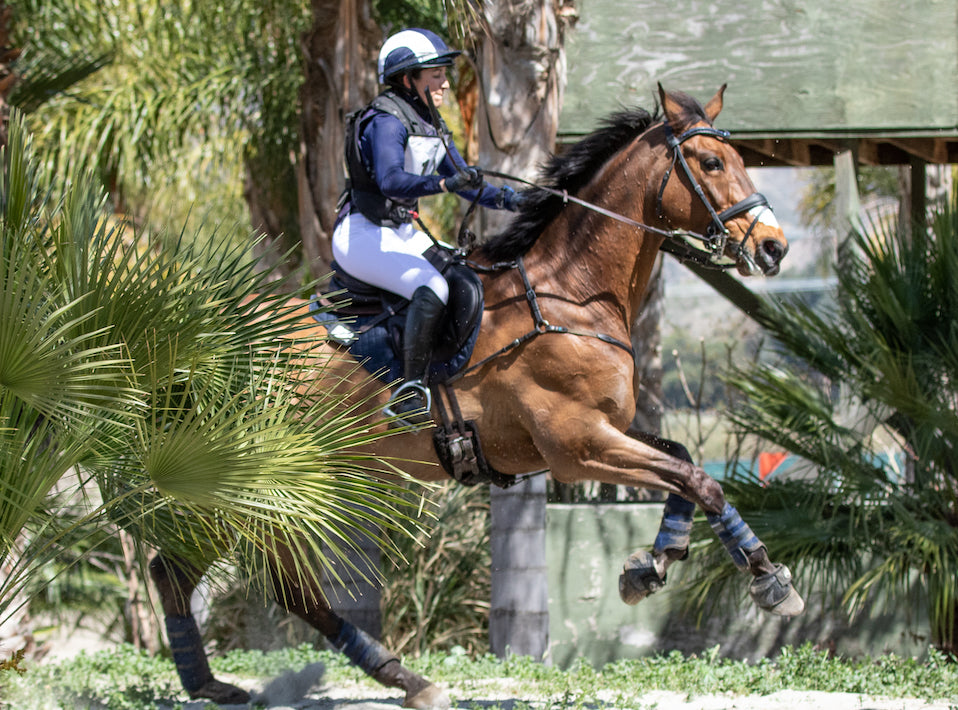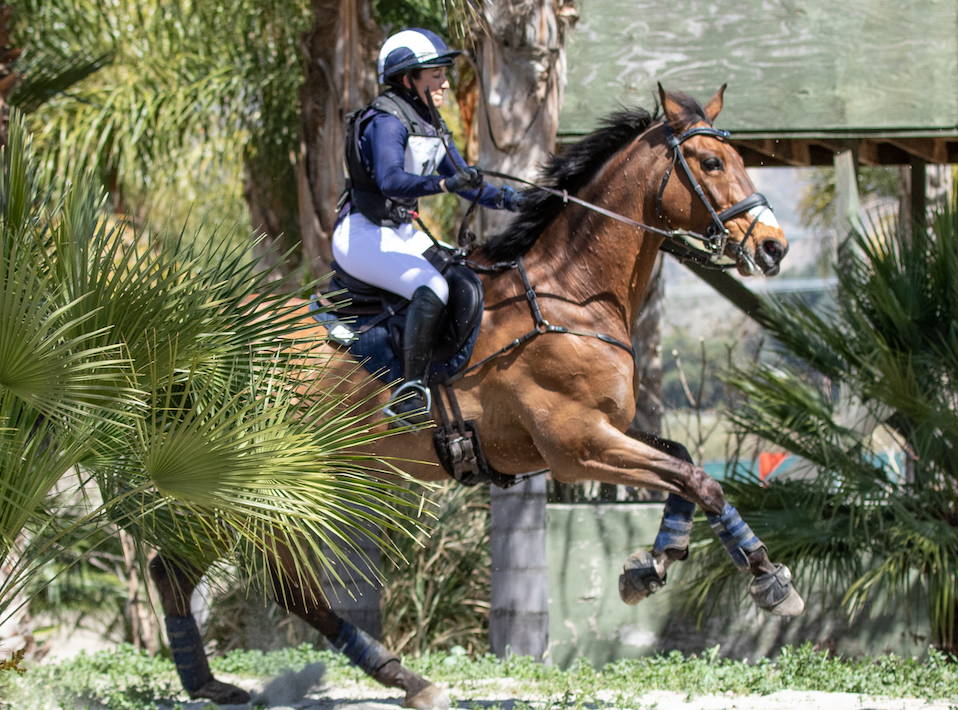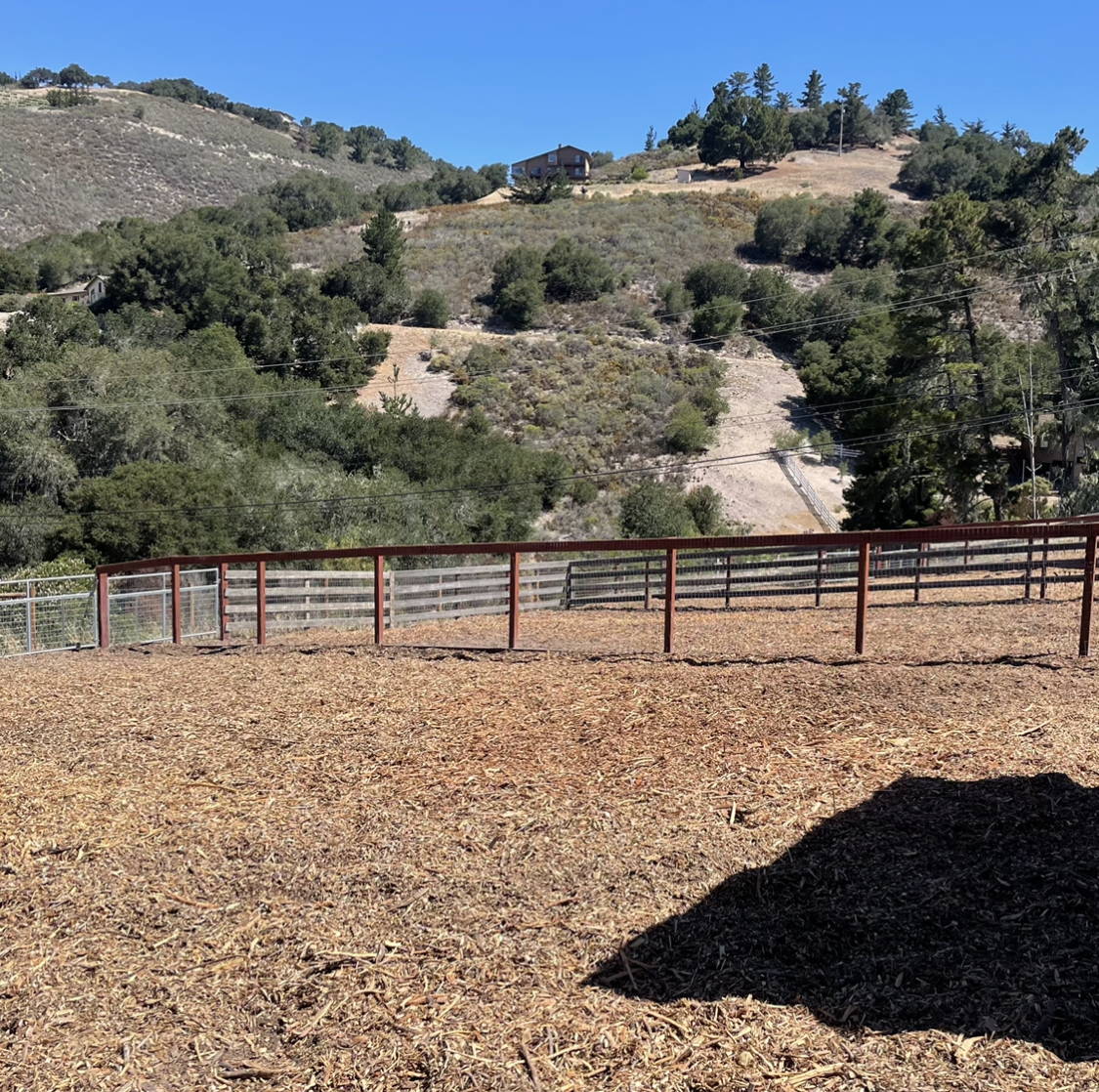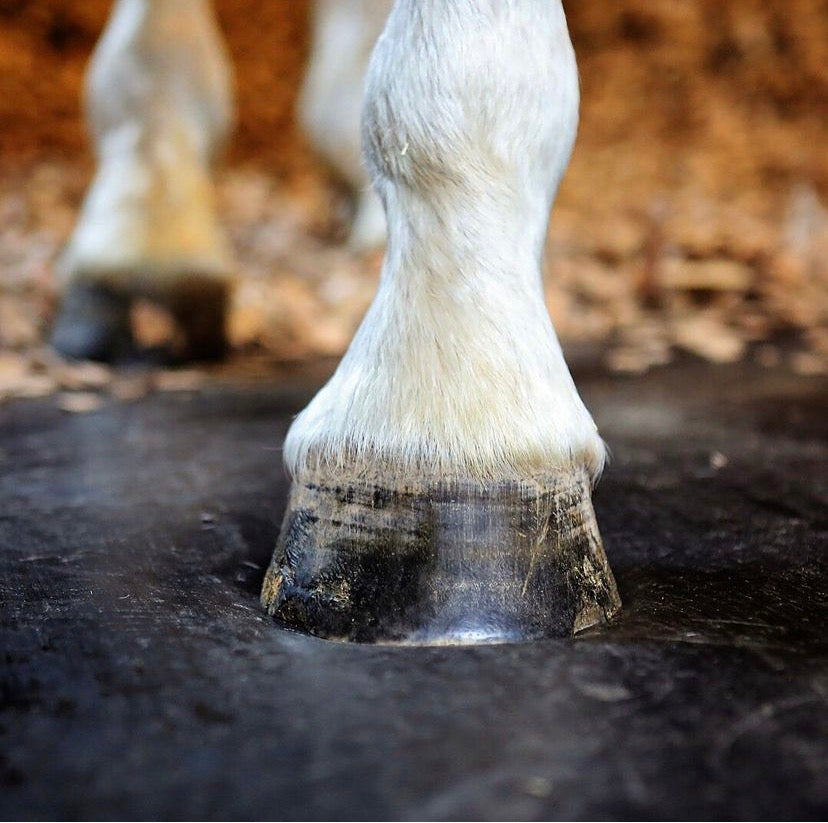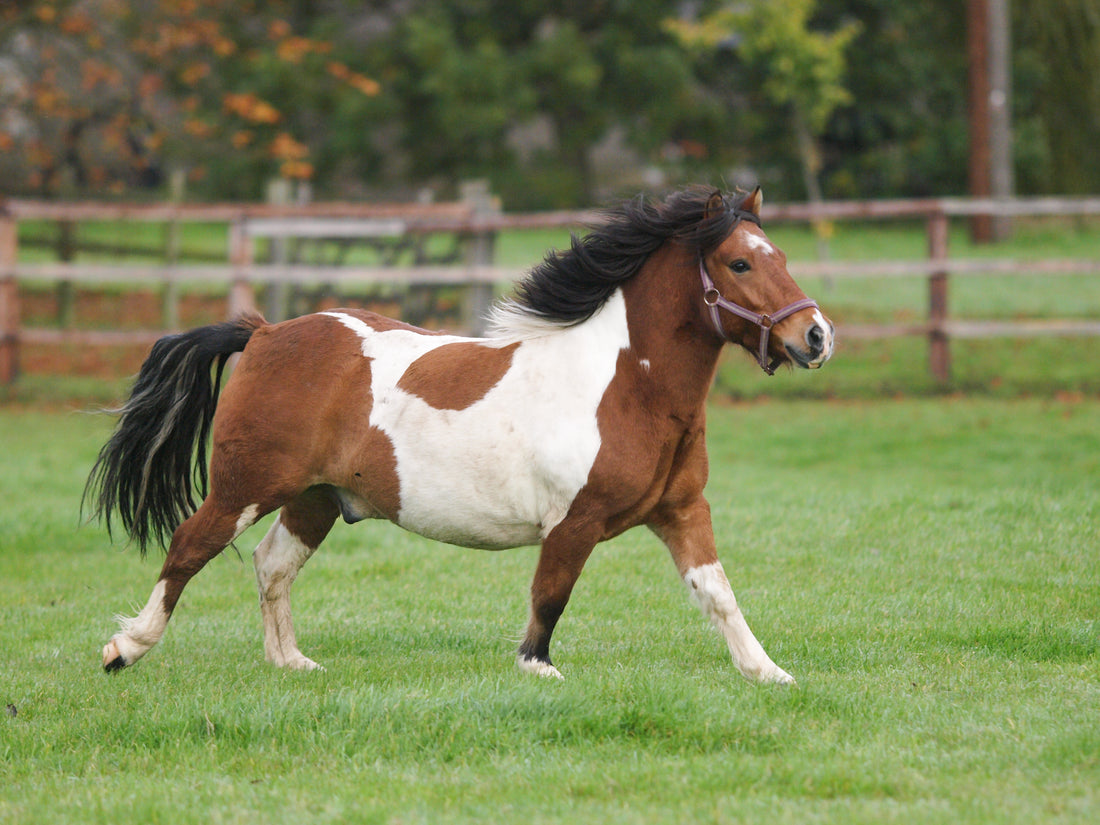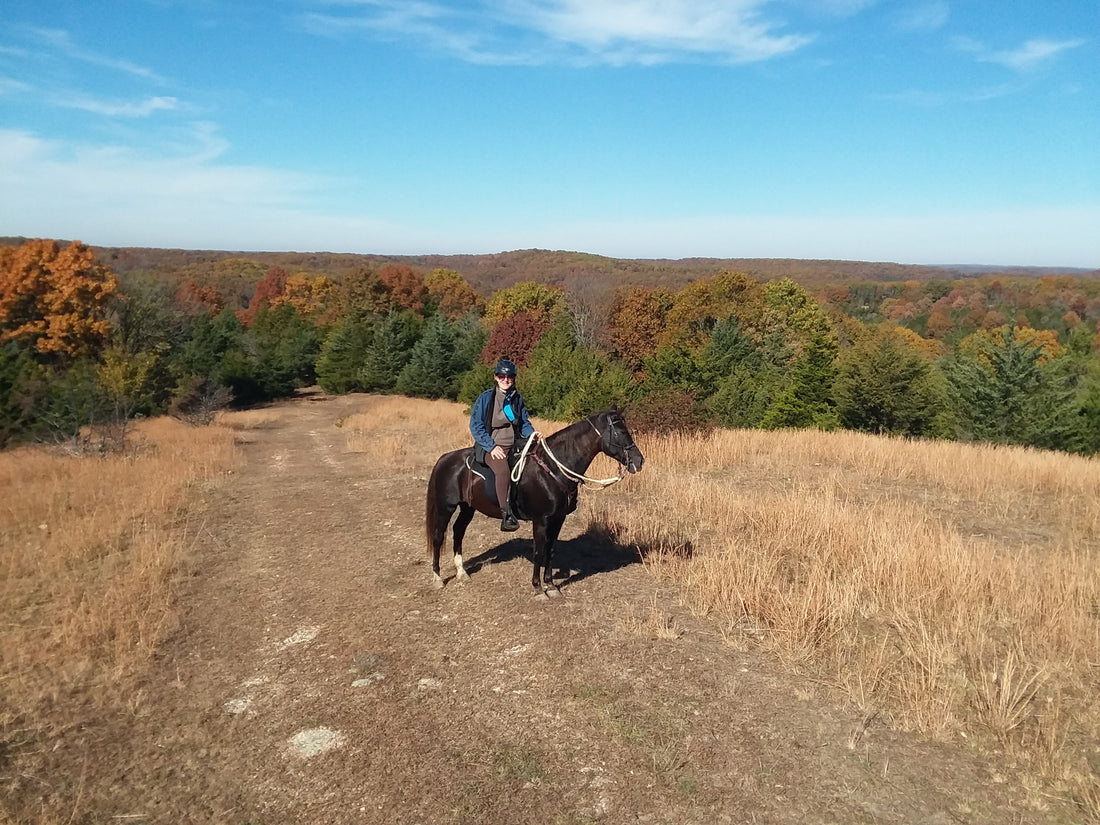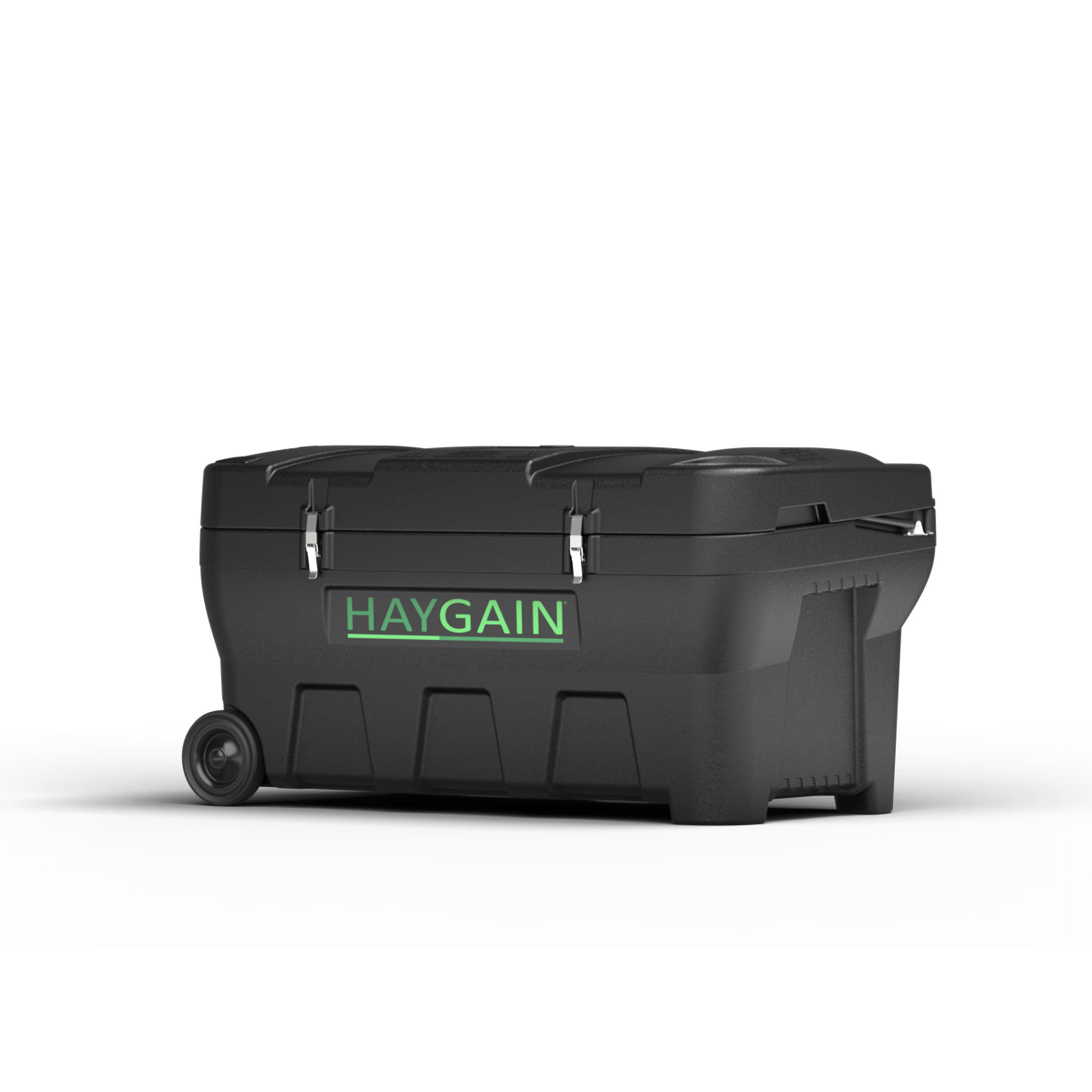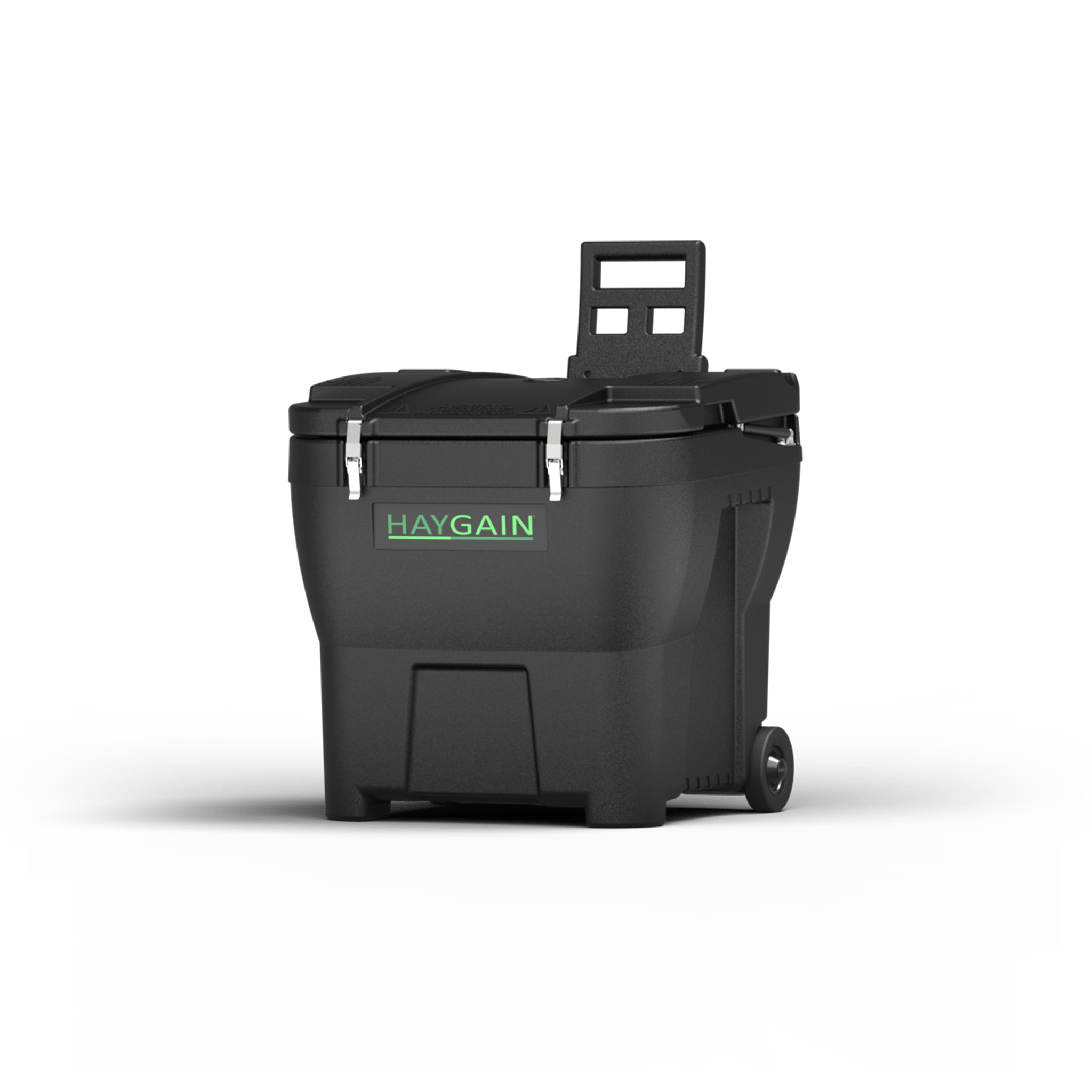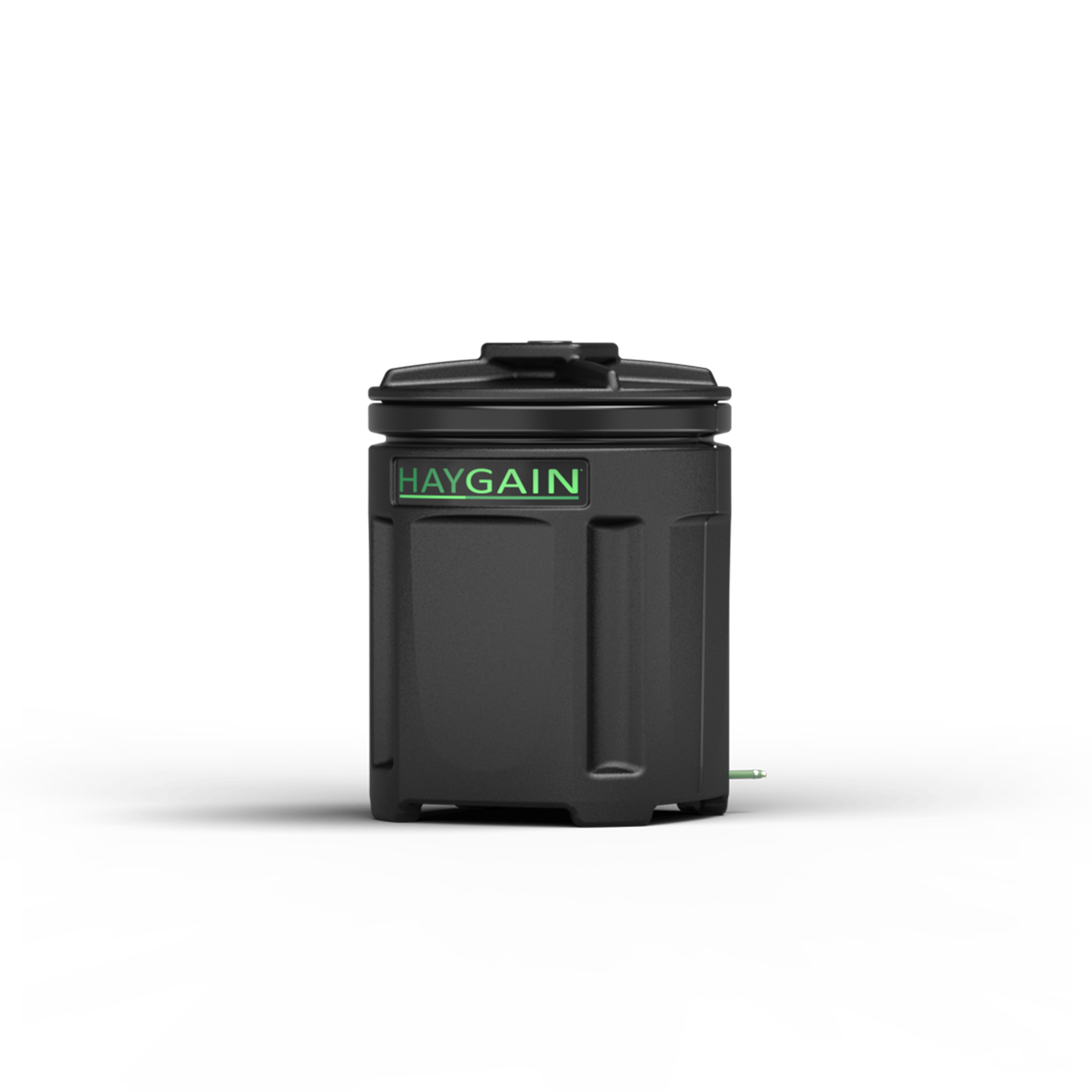June 8, 2022
Lauren Billys Shares Her Program’s Respiratory Health Routine
By Kim Miller | Equestrian Writer
Two-time Olympic Eventer Lauren Billys learned about equine respiratory problems the hard way.
Happy to help others benefit from what she’s learned, Lauren shares these tips for minimizing respiratory risks in our horses’ environments—the #1 veterinary recommendation for this area of equine health.
Lauren recently purchased her own property and has complete control over the horses’ management. Respiratory health is a top priority. “It’s part of the way we live and breathe.” The ability to manage all horses is an advantage. “It’s hard to treat or manage just one horse,” she notes. “It’s best when the whole barn lives the lifestyle.”
Lauren’s Dust Busting Tips:
1. In our part of Northern California, we have a lot of silica in the soil. That is bad for horses’ breathing, so we really manage the whole property to keep it as dust free as possible.
2. We cover our paddocks in wood chips. I found a local tree trimming company that needed a place to dump their chips. I specified no holly, elderberry, poison oak or other trees that can be harmful to horses. We have virtually no dust in our paddocks. We also spread a little bit of wood chips onto our dirt roads, then compress them into the surface. Some properties water their roads, but with California’s drought situation I didn’t want to do that. The chips are a little labor intensive, but otherwise very inexpensive to do and it really helps keep the dust down.
3. Every turn-out has a mat under the feed bucket, which cuts down on the amount of dust our horses inhale when they eat off the ground. It also reduces the risk of sand colic.
4. We feed our horses Haygain Steamed Hay. That was a game-changer for Purdy when he was diagnosed with Inflammatory Airway Disease in 2019. Now all our high-performance horses get it as a preventative measure. We have the full-bale steamer at home, which our guys find very easy to use. And we go to shows with the travel size models we used the smallest model, the HG ONE, at Tokyo.
5. We chose Footing First’s dust free arena footing when we had to re-do the formerly Western arena at our new property. Their product is a geo-textile blended with silica sand, which is OK because it’s treated with a binding agent that contains the dust.
6. Our horses live outside at least half the time. That’s good for their mental and physical health and it’s good because a lot of dust inhalation happens when they’re in the barn. We keep them inside at night, when there is less activity in the barn that could stir up dust.
7. We don’t use blowers when horses are inside the barn. That’s bad for anybody’s breathing. In fact, our maintenance guys have worn masks in the barn for that reason – well before COVID.
8. We wipe down all the flat surfaces in the barn at least once a week. It keeps things looking nice and helps remove dust.
9. We brush back the shavings in the stalls, so the horses eat off their mat, not the shavings. That keeps their stalls cleaner and cuts down on the amount of dust they inhale because bedding, like hay, is a main source of respirable irritants in the equine environment.
10. We monitor all our horses for respiratory issues because I know from experience how often and easily these conditions can go undiagnosed. For one horse, coughing once or twice at the beginning of a ride was the only sign to what wound up being diagnosed as Inflammatory Airway Disease.
11. We also monitor carefully for allergies. Whenever a horse gets diarrhea, coughing or hives, we run an allergy panel on them. The best company we’ve found is Spectrum. We’ve found their serum testing and allergy relief sprays very helpful.
TRENDING ARTICLES
-
BEFORE YOU GO
Get the Haygain Newsletter
Subscribe for the latest news, health advice, special offers and competitions. Fill out the form at the bottom of this page.
